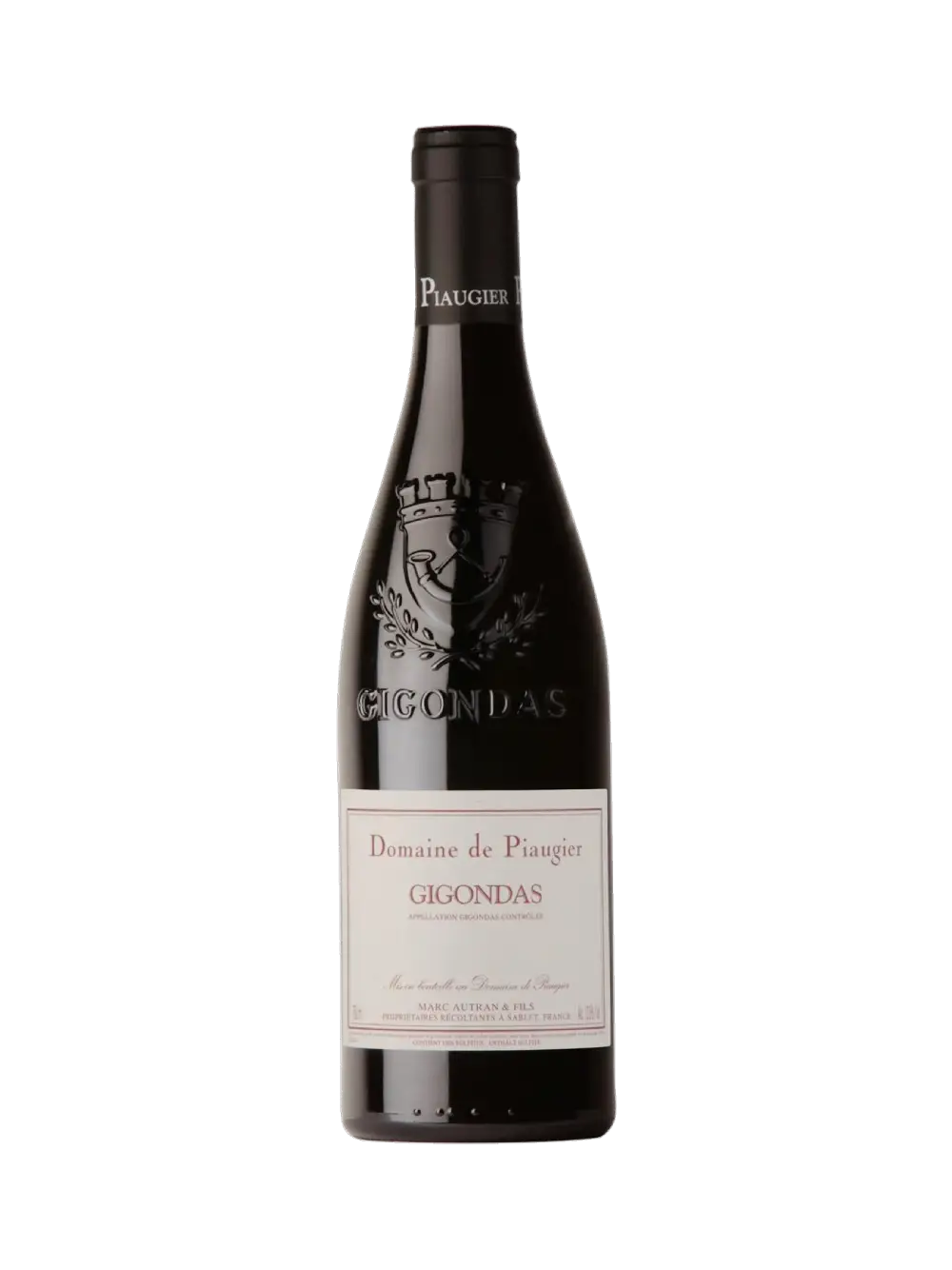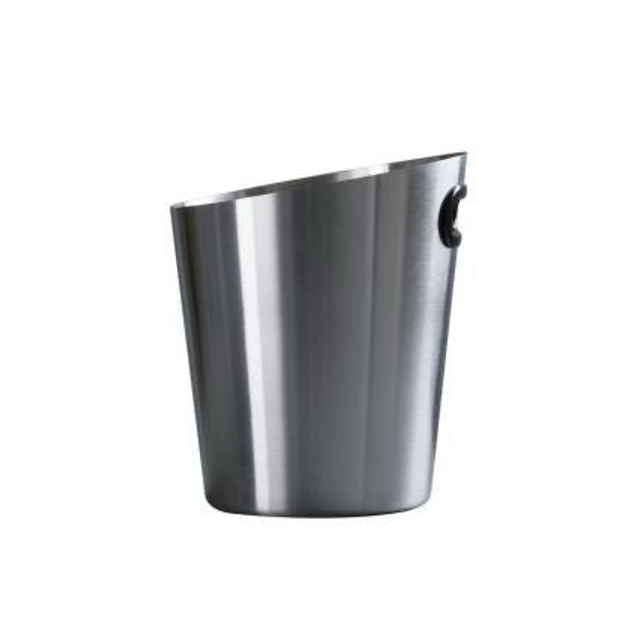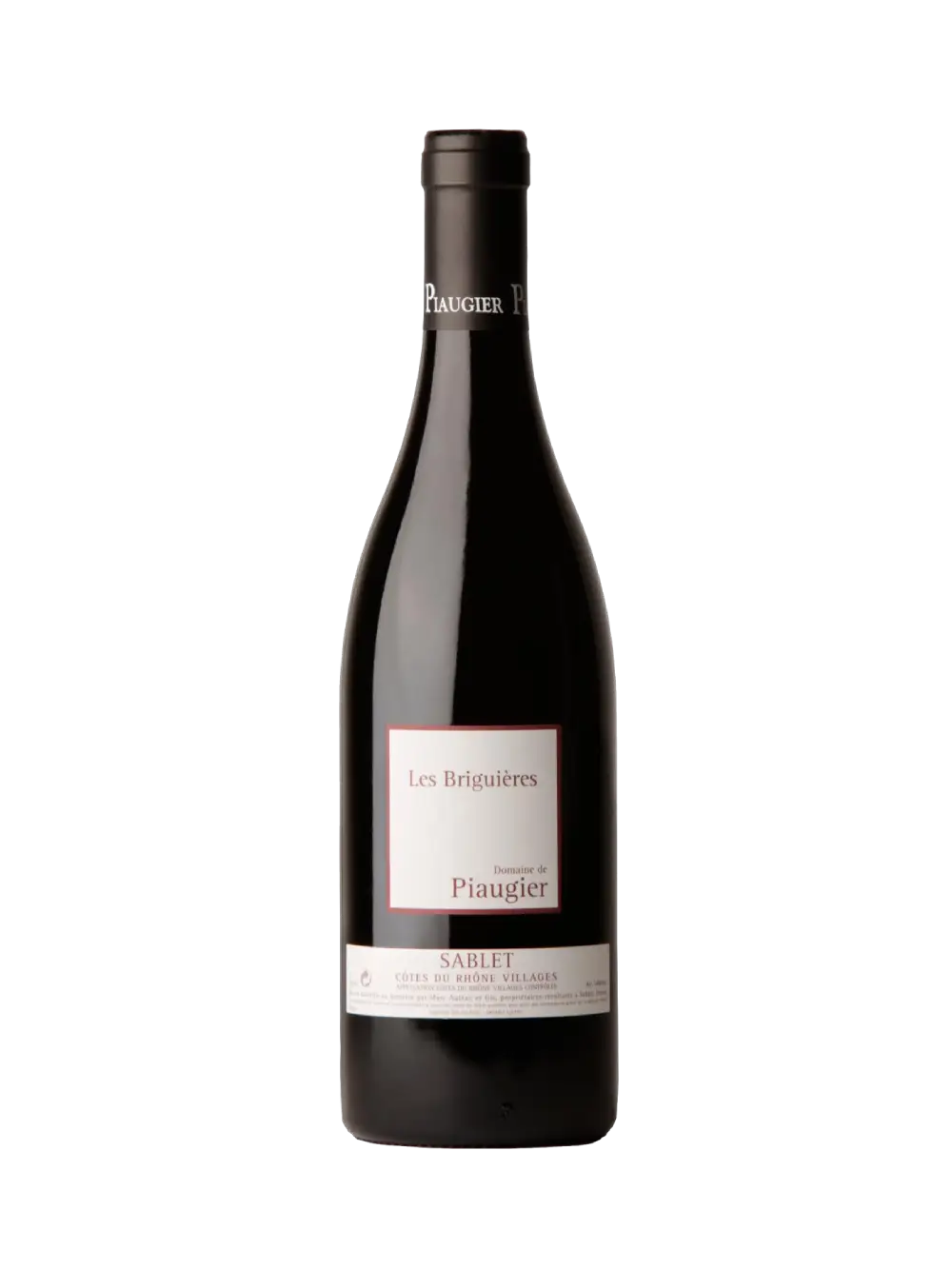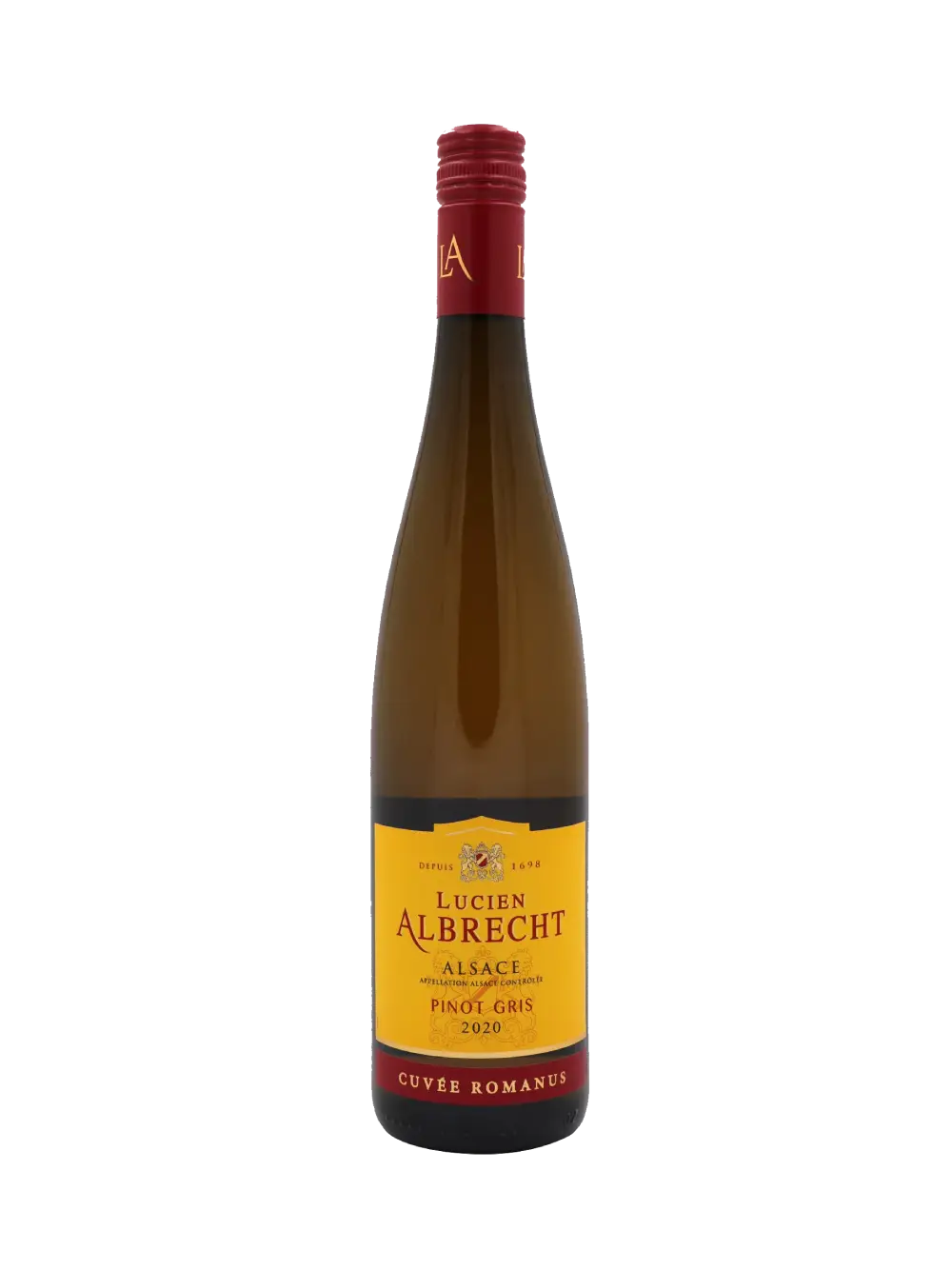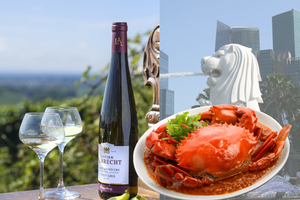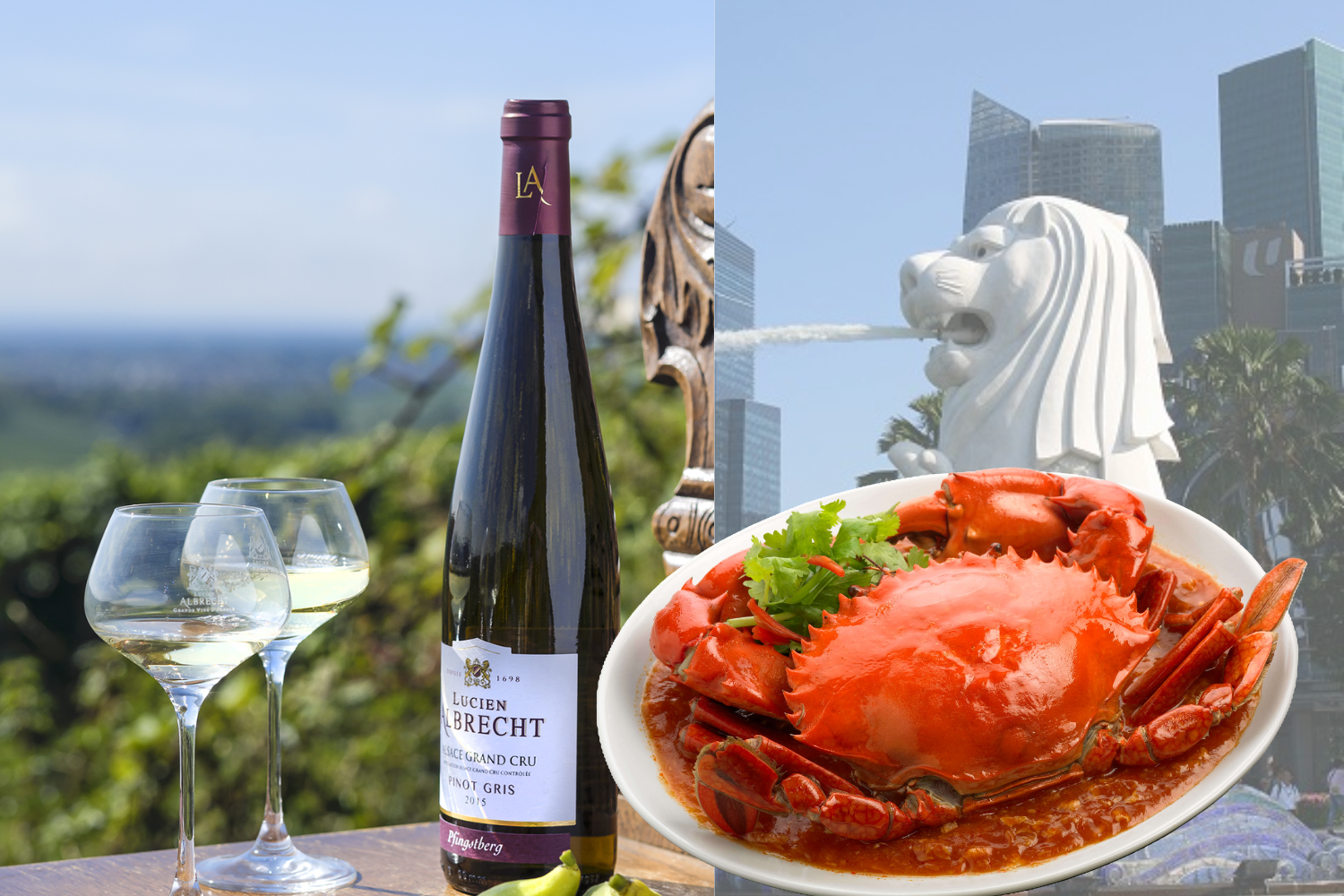A Journey of Flavor and Tradition
The Cultural Fusion of Wine and Asian Cuisine
For centuries, wine has been deeply rooted in European dining traditions, while Asian cuisine has been largely paired with tea, sake, soju, or beer. This cultural distinction has made wine pairing with Asian food both a challenge and an exciting frontier for gastronomic exploration.
Asian cuisine is renowned for its complex layers of flavors, ranging from the bold spices of Sichuan dishes to the delicate umami notes of Japanese sushi. Unlike Western cuisines that often follow a structured appetizer-main-dessert format, Asian meals are more communal, with a diverse array of flavors on the table at the same time. This dynamic nature presents a thrilling opportunity for those who seek to elevate their dining experiences by discovering harmonious wine pairings. When done right, wine can enhance the depth of Asian dishes, creating a new level of appreciation for both food and drink.
Understanding Flavor Profiles and the Importance of Wine Pairing
Wine pairing is not just about choosing a red or white; it’s about balancing acidity, sweetness, tannins, and body with the key elements of a dish. Asian cuisine, with its diverse flavors—sweet, sour, salty, bitter, and umami—demands a thoughtful approach to pairing.
A successful wine pairing can enhance the flavors of a dish, counterbalance its richness, or soothe its spiciness. Conversely, a poor pairing can either overwhelm or mute the dish’s intricate taste profile. Understanding the key components of both wine and food is essential in making pairings that bring out the best in both elements.
Key Elements of Asian Food Flavors
Asian cuisine is incredibly diverse, but there are a few universal elements that influence how well a wine will pair:
- Sweetness – Found in sauces like hoisin, teriyaki, or coconut milk-based curries, sweet flavors require wines with a touch of residual sugar, like Pinot Gris or Gewürztraminer.
- Acidity – Ingredients such as vinegar, citrus, and fermented foods (e.g., kimchi or pickled vegetables) pair well with high-acid wines like Pinot Blanc, Crémant d’Alsace or Champagne.
- Spiciness – Chilies, Sichuan peppercorns, and wasabi introduce heat, which can be balanced with off-dry or fruit-forward wines, such as Riesling, Pinot Gris, or even a chilled Pinot Noir.
- Umami – Found in soy sauce, mushrooms, and miso, umami can enhance the perception of bitterness in wine, making softer, low-tannin reds like Pinot Noir or earthy whites like Riesling preferable.
- Fat & Oil – Rich, deep-fried, or creamy dishes benefit from wines with good acidity to cleanse the palate, such as sparkling wines (Cremant d’Alsace) or crisp white wines such as Riesling.
Basics of Wine Pairing with Asian Food & Key Grape Varieties
Pairing wine with Asian food requires flexibility and an open mind. While traditional Western pairings often follow the “red wine with meat, white wine with fish” rule, Asian cuisine’s varied flavors demand a more nuanced approach.
- Riesling – A highly versatile white wine, Riesling’s crisp with well-balanced acidity make it ideal for adjusting spicy, sweet, and umami-rich dishes.
- Pinot Noir – A light-bodied red wine with bright acidity, Pinot Noir pairs well with delicate flavors such as dim sum, duck, and soy-based dishes.
- Gewürztraminer – With floral and lychee or Citrus notes, it pairs beautifully with fragrant, spicy foods such as Indian curries and Sichuan dishes.
- Pinot Blanc – A well-balanced white wine with subtle fruit and floral notes, Pinot Blanc complements lightly spiced dishes and creamy Asian sauces as well as Thai and Vietnamese cuisine.
- Pinot Gris – Richer and more aromatic than Pinot Blanc, Pinot Gris pairs beautifully with sweet and spicy dishes like Thai curries and Peking duck.
- Champagne & Sparkling Wines – The bubbles and acidity in sparkling wines cleanse the palate, making them an excellent choice for deep-fried and umami-rich dishes.
- Crémant d’Alsace – A French sparkling wine with a slightly softer profile than Champagne, Crémant pairs well with tempura, dim sum, and light seafood dishes.
- Syrah/Shiraz & Blended Red – A bolder red with peppery and smoky undertones, it pairs well with grilled meats and heavier spice-laden dishes.
Pairing wine with Asian cuisine is an exciting journey that challenges traditional wine norms but offers a world of rewarding discoveries. By understanding the key elements of flavor and choosing wines that complement or contrast them effectively, one can unlock a truly elevated dining experience. Whether you’re indulging in a fiery Thai curry, a delicate plate of sushi, or a rich Peking duck, there is always a perfect wine waiting to be discovered.
Reference: A Quick Glance on Asia food pairing suggestions


